Ireland’s landscape is dotted with ancient fortresses and stately castles that tell the tales of centuries past—from medieval conflicts to Anglo-Irish estates. These stone sentinels have witnessed Viking raids, Norman conquests, English occupations, and the rise of the modern Ireland.
The Emerald Isle hosts an impressive collection of castles spanning various architectural styles and historical periods, each with its unique character and story. Here is a list of 18 breathtaking castles that showcase Ireland’s rich heritage and architectural splendor.
Dublin Castle
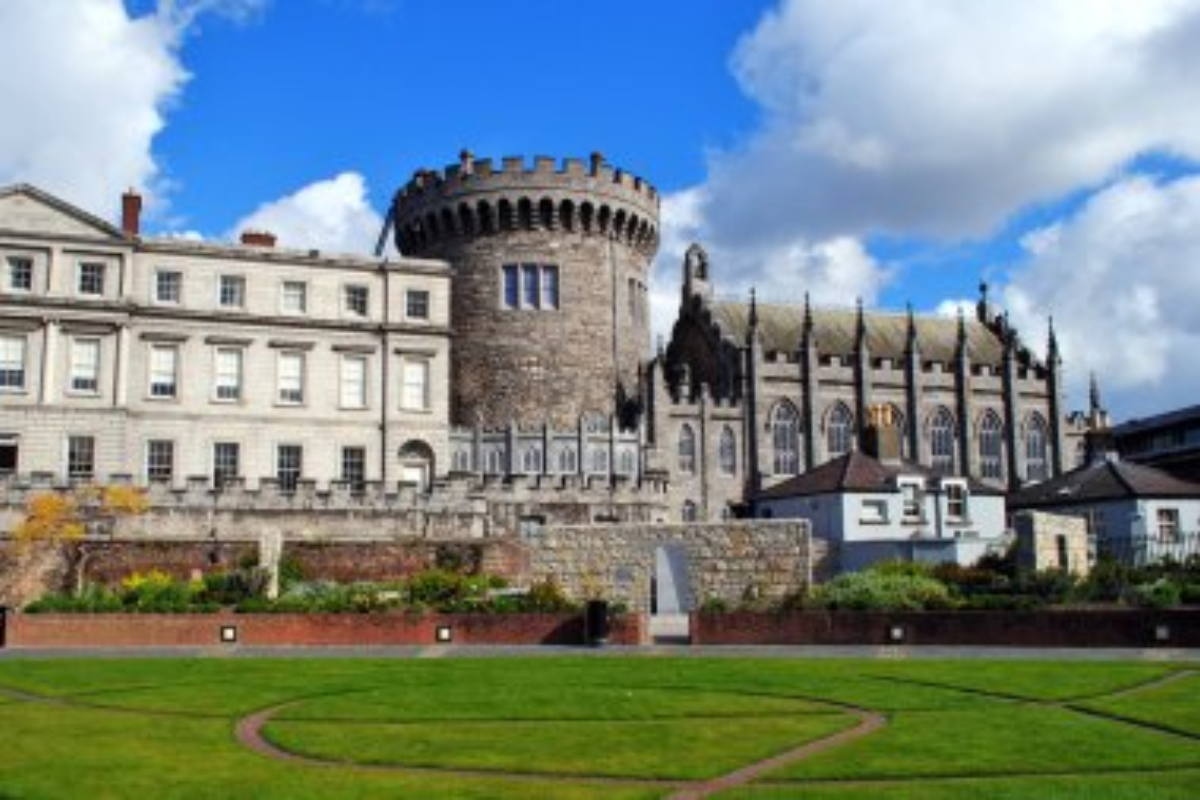
Standing at the heart of Ireland’s capital, Dublin Castle represents the evolution of the nation itself through its mixed architectural styles. The original Viking fortress gave way to Norman defenses before eventually transforming into the Georgian palace visitors see today.
The lavish State Apartments showcase intricate plasterwork and magnificent furnishings that hosted viceregal ceremonies during British rule. The castle’s Record Tower—the last remaining medieval tower—provides a striking contrast to the more refined sections, while the underground excavations reveal Viking foundations that date back to the 10th century.
Dublin Castle continues to play a central role in Irish governance, hosting presidential inaugurations and state functions in spaces once controlled by foreign powers.
Blarney Castle
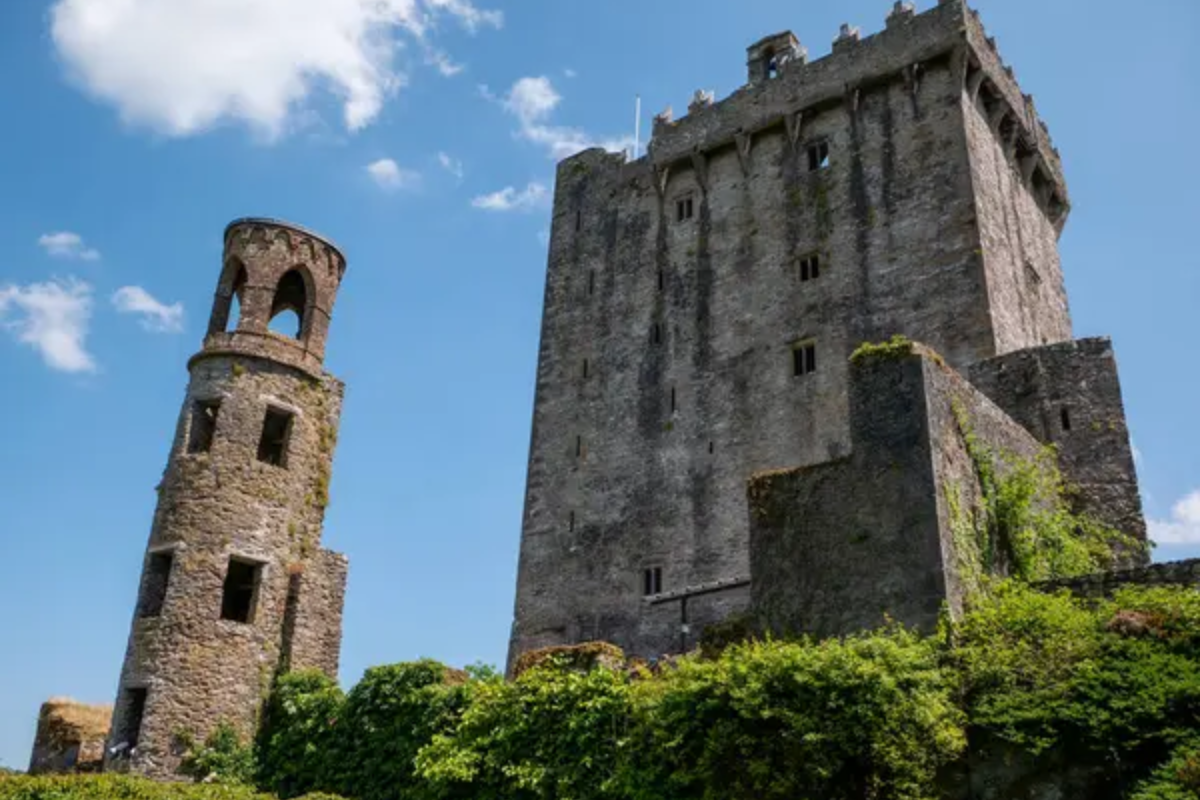
Perhaps Ireland’s most famous castle, thanks to its legendary stone, Blarney Castle draws visitors seeking the “gift of eloquence” promised to those who kiss the Blarney Stone. The 15th-century tower house rises dramatically from lush grounds just outside Cork city, with narrow spiral staircases leading to battlements where visitors perform the awkward backward lean to plant their lips on the famous stone.
Beyond this popular tradition, the castle boasts extensive gardens including the poisonous plants of the Witch’s Garden and the mysterious Rock Close with its ancient druidic connections. The castle’s defensive features—including machicolations for dropping hot liquids on attackers—reveal the serious purpose behind its formidable walls, while underground passages add another layer of intrigue to explorers’ experiences.
Like Travel Pug’s content? Follow us on MSN.
Ashford Castle
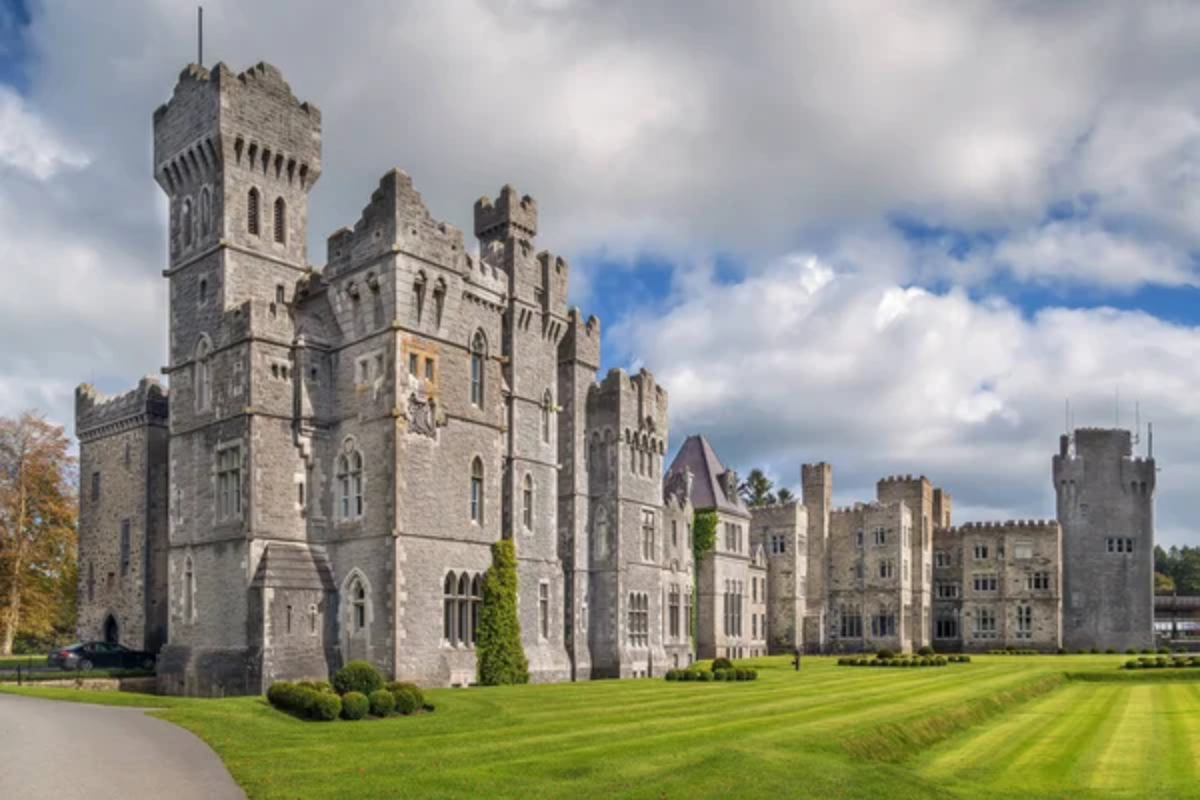
This medieval fortress transformed into a Victorian fantasy represents the pinnacle of luxury among Irish castles. Originally built in 1228 by the Anglo-Norman de Burgo family, Ashford Castle gained its current grandeur when the Guinness brewing family acquired it in the 19th century and expanded it into a lavish country estate.
The castle now operates as a five-star hotel where guests can explore 350 acres of manicured grounds, try falconry at Ireland’s oldest falconry school, or sail on Lough Corrib—Ireland’s second-largest lake. Its imposing gray stone exterior with towers and turrets creates a striking contrast with sumptuous interiors featuring oak paneling, fine antiques, and crystal chandeliers that have hosted everyone from royalty to Hollywood celebrities.
Rock of Cashel
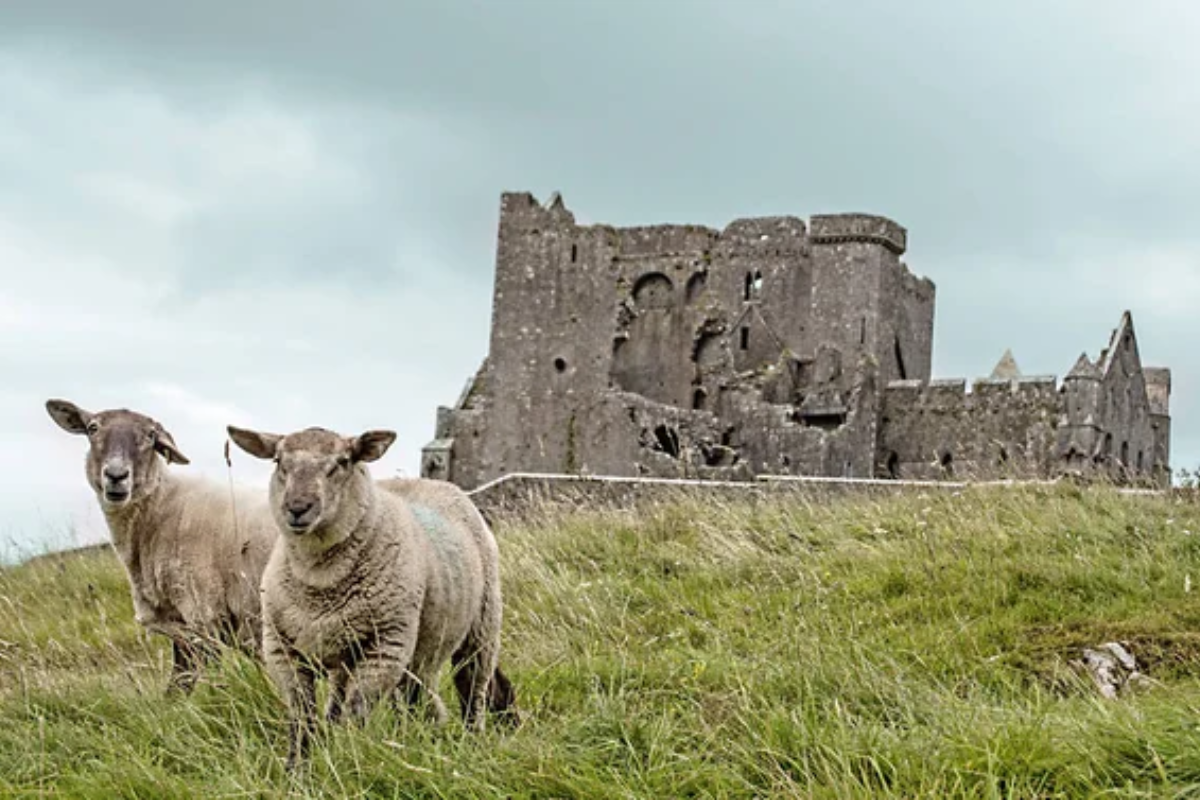
Rising dramatically from the Tipperary plains, this limestone outcrop holds a collection of medieval buildings that formed one of Ireland’s most important ecclesiastical centers. Though technically more a fortified church complex than a traditional castle, the Rock’s strategic position and massive walls certainly served defensive purposes through centuries of conflict.
The site includes a round tower, Cormac’s Chapel with rare Romanesque frescoes, and a Gothic cathedral, all contained within the imposing stone walls. From its heights, visitors gain sweeping views of the fertile Golden Vale stretching to the Galtee Mountains—the same strategic advantage that made this site attractive to the Kings of Munster over a thousand years ago.
The lack of furnishings within the roofless structures allows the architectural details to take center stage, with intricate stone carvings and high Gothic arches drawing the eye upward.
Kilkenny Castle
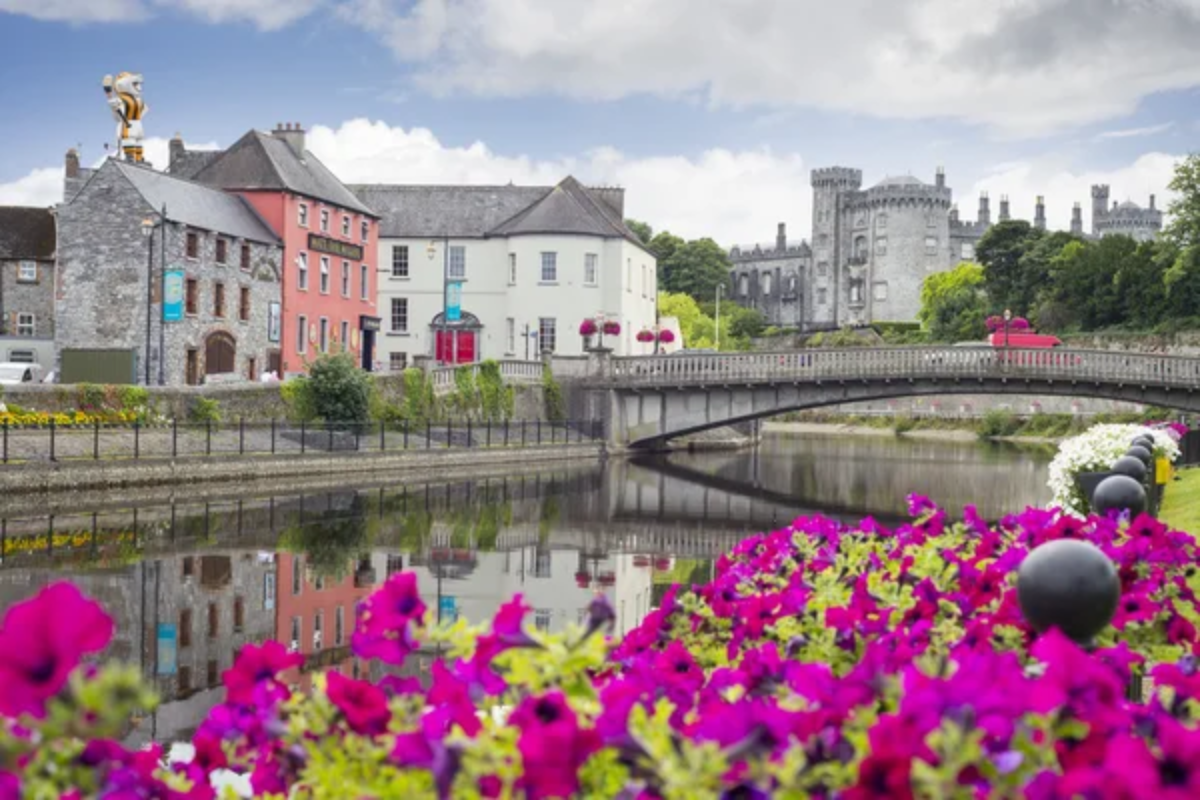
This imposing Norman fortress stands as one of Ireland’s most continuously inhabited castles, occupied from its construction in 1195 until 1935. The castle’s massive drum towers and thick defensive walls speak to its military origins, though the addition of large windows and formal gardens during the Victorian era softened its warlike appearance.
Restored grand interiors showcase period furnishings, tapestries, and an impressive Long Gallery filled with family portraits of the Butler family, who owned the castle for nearly 600 years. The castle overlooks the River Nore and connects to 50 acres of parkland where locals and visitors alike enjoy picnics beneath ancient trees that have witnessed centuries of Irish history.
The contrast between the defensive exterior and refined interior perfectly captures the castle’s evolution from a fortress to an aristocratic home.
Like Travel Pug’s content? Follow us on MSN.
Bunratty Castle
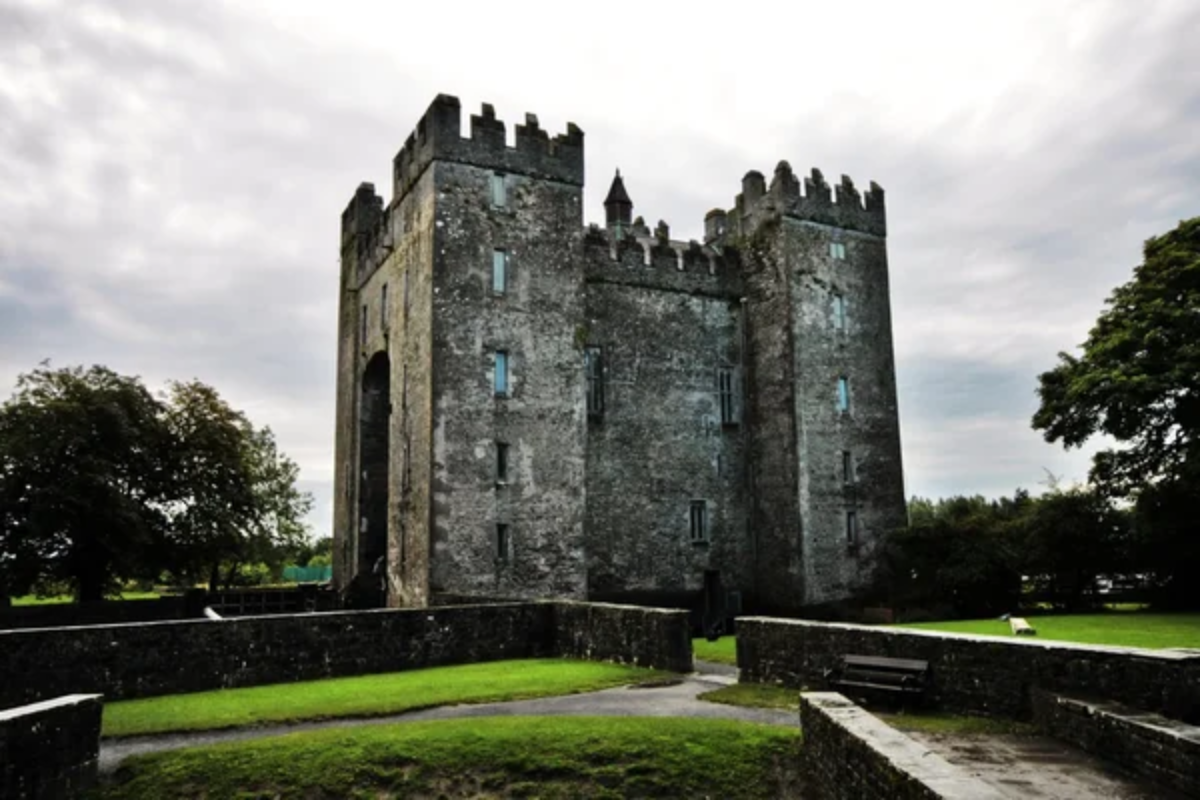
This sturdy tower house provides one of Ireland’s most complete medieval castle experiences, furnished throughout with 15th and 16th-century pieces that recreate life during its heyday. Built in 1425 on a site that had seen three previous fortresses destroyed, Bunratty’s current incarnation has been meticulously restored to transport visitors back to medieval times.
The surrounding folk park enhances this historical immersion with reconstructed village buildings, traditional crafts demonstrations, and farm animals appropriate to the period. Evening medieval banquets in the Great Hall allow visitors to dine by candlelight while enjoying period entertainment, creating a sensory connection to the past beyond what most castle visits offer.
The castle’s strategic position near the Shannon Estuary explains its historical importance in controlling access to Ireland’s longest river.
Trim Castle

The largest Anglo-Norman castle in Ireland commands attention with its massive 20-sided central keep rising from defensive walls that enclose over three acres. Built over 30 years, beginning in 1172, Trim Castle represented the cutting edge of military architecture in its day, with innovative defensive features designed to repel Irish attacks.
The castle’s impressive size and state of preservation made it the perfect filming location for parts of the movie “Braveheart,” bringing renewed attention to this historical treasure. Visitors can climb narrow spiral staircases to the top of the keep for panoramic views of the surrounding countryside and River Boyne flowing nearby.
The relatively unadorned stone interior allows visitors to imagine the castle as it would have appeared to medieval inhabitants, with few modern intrusions to break the historical atmosphere.
Kylemore Abbey
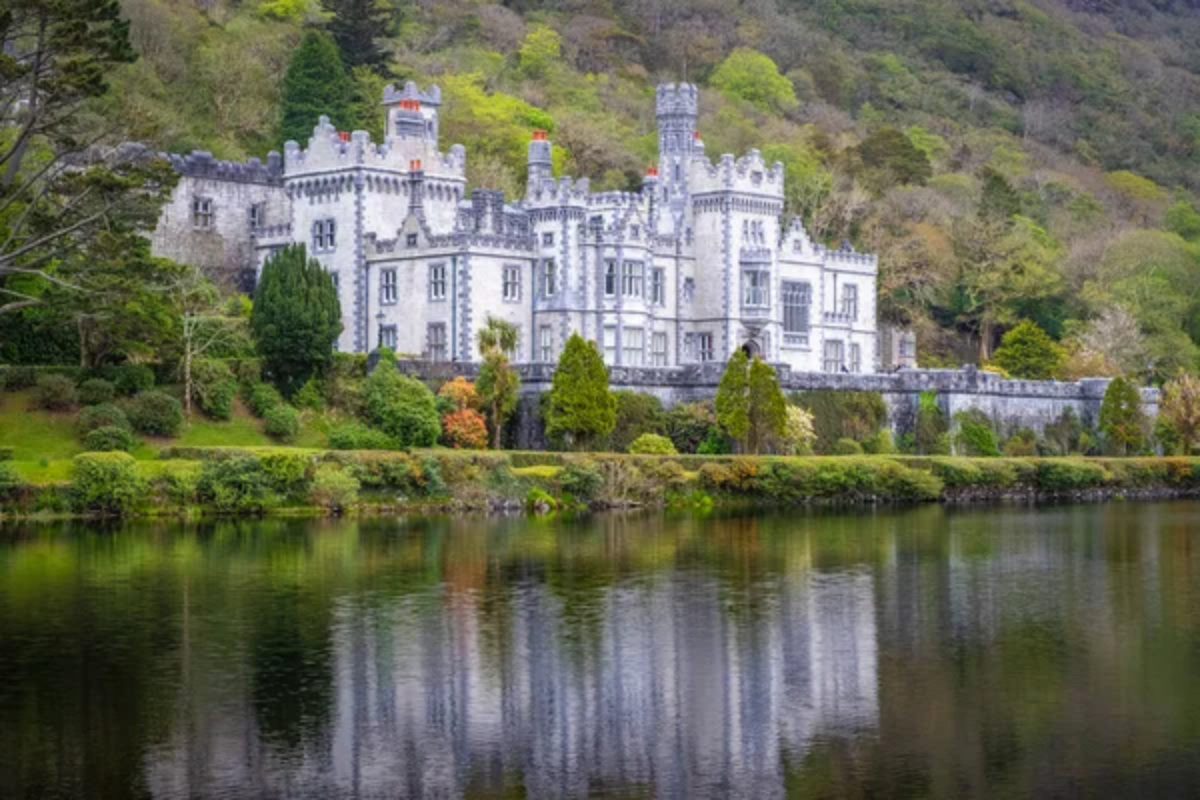
Though technically now an abbey rather than a castle, this fairy-tale Victorian mansion built as a private home embodies castle-like romance and grandeur. Nestled between mountains and a reflective lake in Connemara, Kylemore was built by Mitchell Henry in 1868 as a gift to his wife after she fell in love with the location during their honeymoon.
The castle’s perfect reflection in the lake creates one of Ireland’s most photographed scenes, while the walled Victorian garden—meticulously restored to its original layout—showcases the wealth and refined tastes of its original owners. Benedictine nuns who fled Belgium during World War I have occupied the estate since 1920, operating a prestigious girls’ boarding school for much of the 20th century.
The tragic love story of the original owners—Mitchell’s wife Margaret died just a few years after the castle was completed—adds emotional depth to the visit.
Like Travel Pug’s content? Follow us on MSN.
Cahir Castle
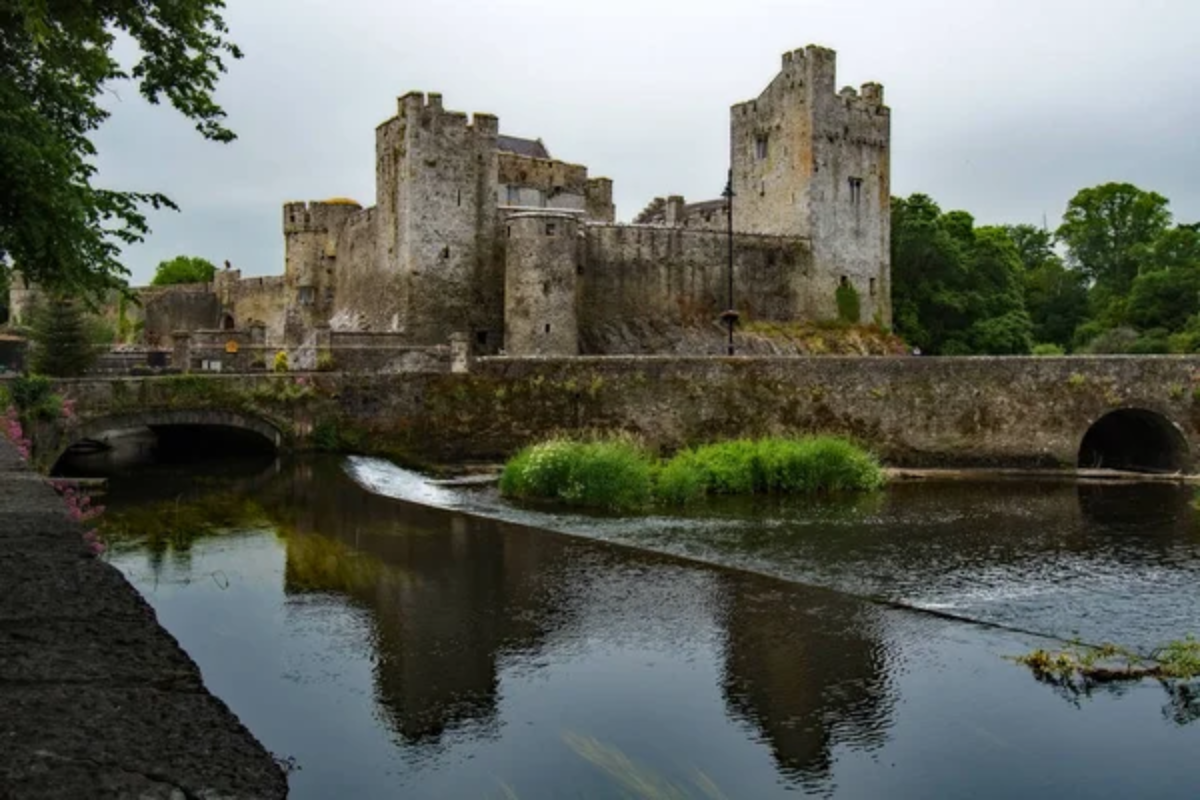
One of Ireland’s largest and best-preserved medieval castles sits on a rocky island in the River Suir, using the natural protection of water on three sides. The castle withstood multiple sieges thanks to innovative defensive features, including a portcullis, machicolations, and strong towers positioned to allow defenders to cover all approaches.
Remarkably intact features include the original portcullis mechanism—a rare survival that demonstrates medieval engineering prowess—and the defensive layout that made the castle nearly impregnable during medieval conflicts. The castle’s strategic importance is evidenced by the cannons that eventually breached its walls in 1599 when the Earl of Essex bombarded the fortress into submission.
Educational displays throughout the castle explain not just the military aspects but daily life within these protective walls, creating a rounded picture of medieval existence.
Ross Castle
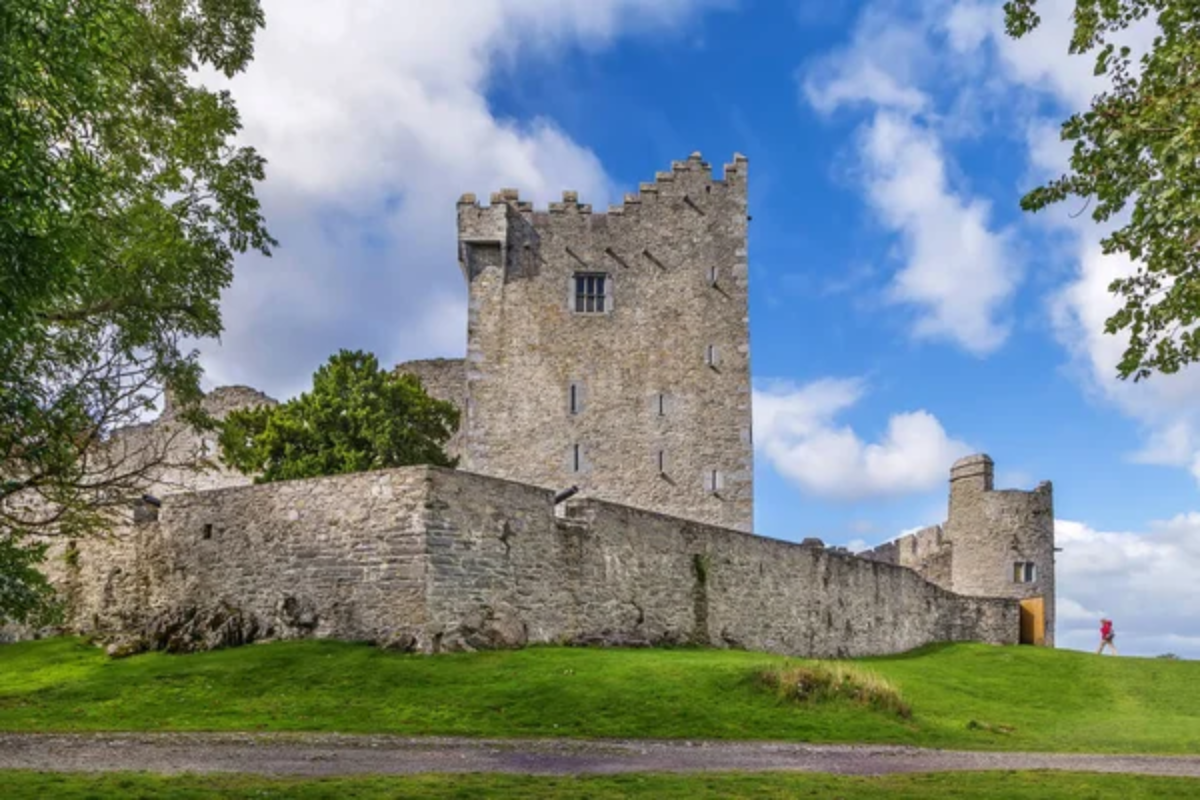
This classic Irish tower house on the shores of Killarney’s Lough Leane supposedly held out against Cromwellian forces longer than any other stronghold in Ireland. According to local legend, the castle’s occupants were particularly difficult to defeat because of a prophecy stating it would never fall until attacked by ships—something the O’Donoghue clan thought impossible for an inland lake castle.
When English forces arrived with boats in 1652, the defenders supposedly lost heart and surrendered, demonstrating the powerful role superstition played even in military matters. The castle’s five-story tower features typical defensive elements, including a machicolation above the entrance and spiral stairs that rise clockwise to give defenders the advantage during sword fights.
The lakeside setting provides both strategic advantages and breathtaking views, particularly at sunset when the castle’s reflection shimmers on the water’s surface.
Malahide Castle
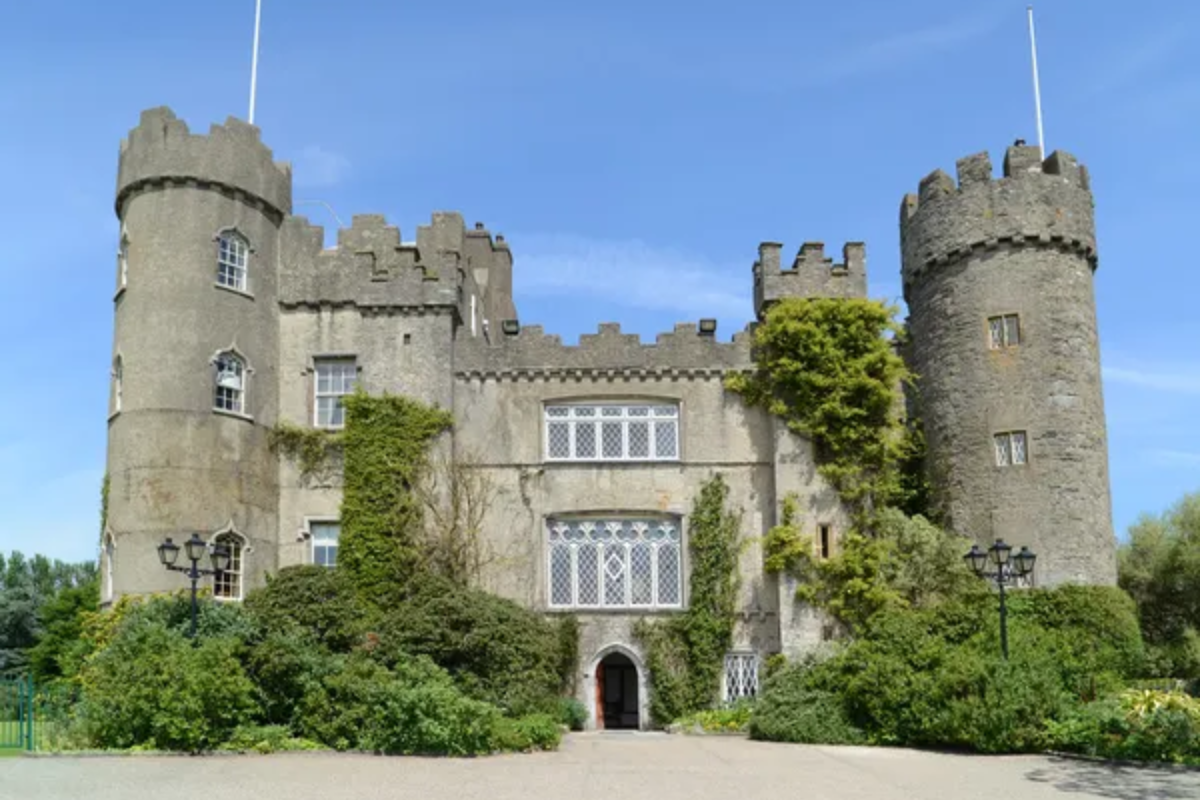
Just outside Dublin, this partially moated castle remained with the same family—the Talbots—for nearly 800 years until 1975, establishing an extraordinary record of continuous ownership. The castle evolved from a medieval fortress to a comfortable Georgian mansion while retaining defensive elements that speak to Ireland’s turbulent history.
The early 12th-century great hall—the oldest part of the castle—stands in contrast to later additions, including the Victorian drawing rooms with their intricate plasterwork. The castle’s extensive portrait collection creates a direct visual connection to residents through the centuries, giving visitors glimpses of the individuals who called this place home through turbulent periods of Irish history.
The surrounding gardens and parkland include a butterfly house and one of Ireland’s finest collections of exotic plants, creating an experience that extends well beyond the castle walls.
Like Travel Pug’s content? Follow us on MSN.
Dunluce Castle
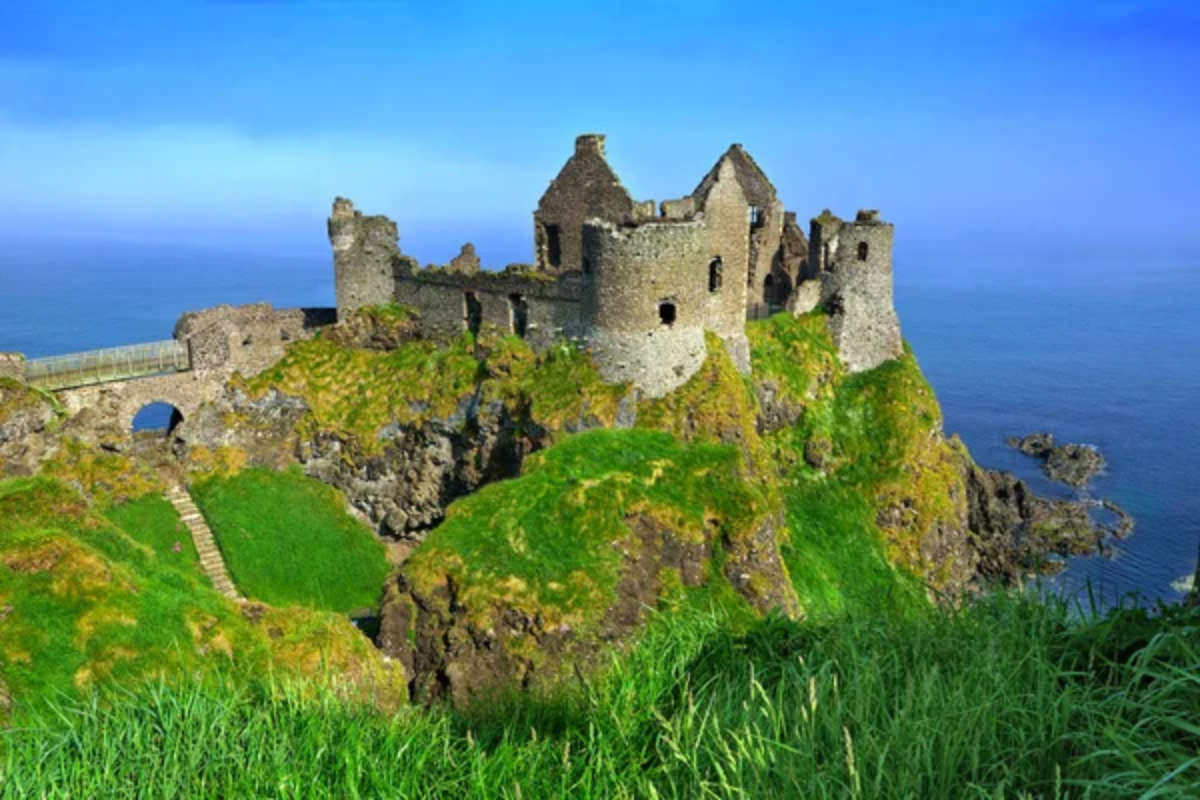
These dramatic ruins perched on basalt cliffs above the crashing Atlantic create one of the most atmospheric castle settings in all of Ireland. The castle’s precarious position led to a famous incident in 1639 when part of the kitchen collapsed into the sea during a storm, taking seven servants with it and convincing the lady of the house to abandon the dangerous location.
Connected to the mainland by a narrow bridge, the castle’s position made it nearly impregnable from land attacks while commanding impressive views of coastal approaches. The MacDonnell clan, who held the castle, maintained connections with Scotland, visible in architectural details reflecting both Irish and Scottish building traditions.
Smugglers used nearby caves beneath the castle and have yielded archaeological evidence of a 16th-century merchant town that once thrived in the castle’s shadow before its dramatic abandonment.
Lismore Castle
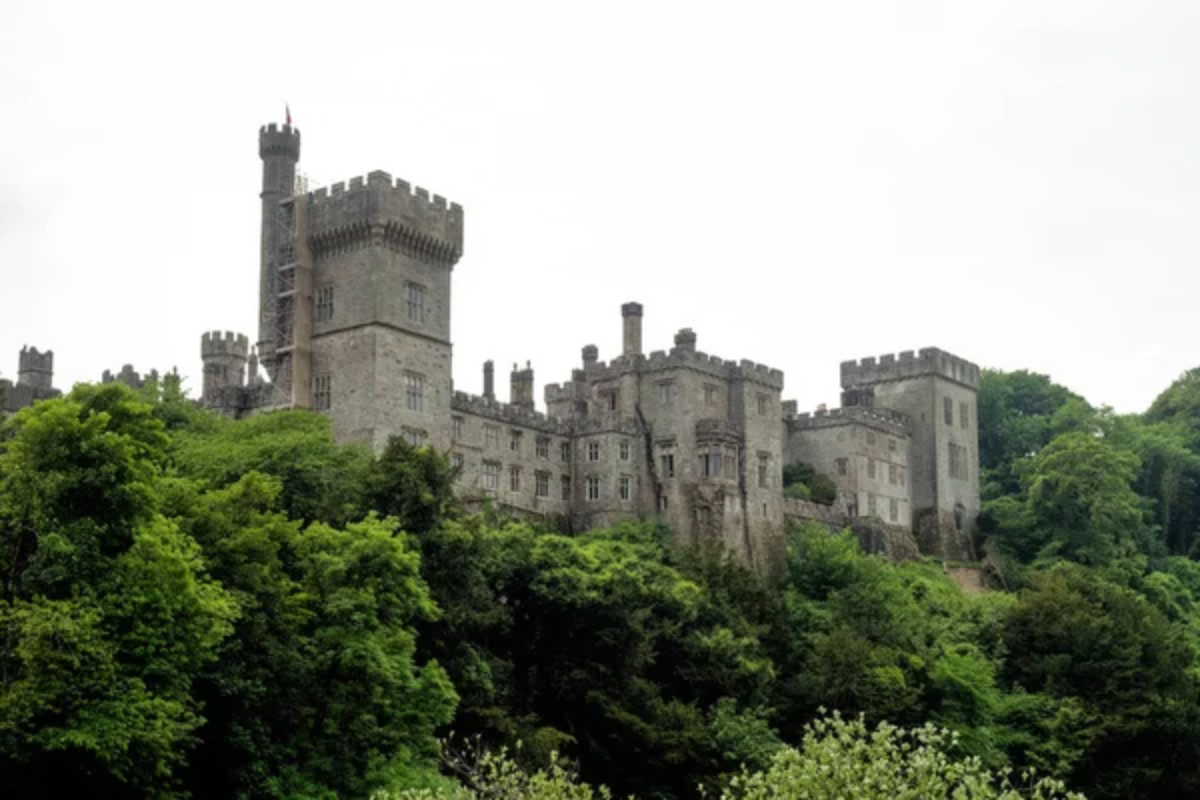
Standing dramatically above the Blackwater River, this mighty fortress combines medieval defenses with Renaissance and Gothic revival features from centuries of modifications. Originally built in 1185 by King John, the castle was later passed to Sir Walter Raleigh before the powerful Cavendish family—Dukes of Devonshire—acquired it in 1753 and transformed it into a magnificent residence.
Despite extensive Victorian remodeling, the castle retains its imposing defensive character, with massive walls and towers dominating the surrounding landscape. The castle’s spectacular gardens remain open to visitors even though the castle itself stays private as an exclusive rental property for those with exceptional means.
The mix of native and exotic specimen trees throughout the grounds creates a horticultural treasure that complements the architectural grandeur above.
King John’s Castle
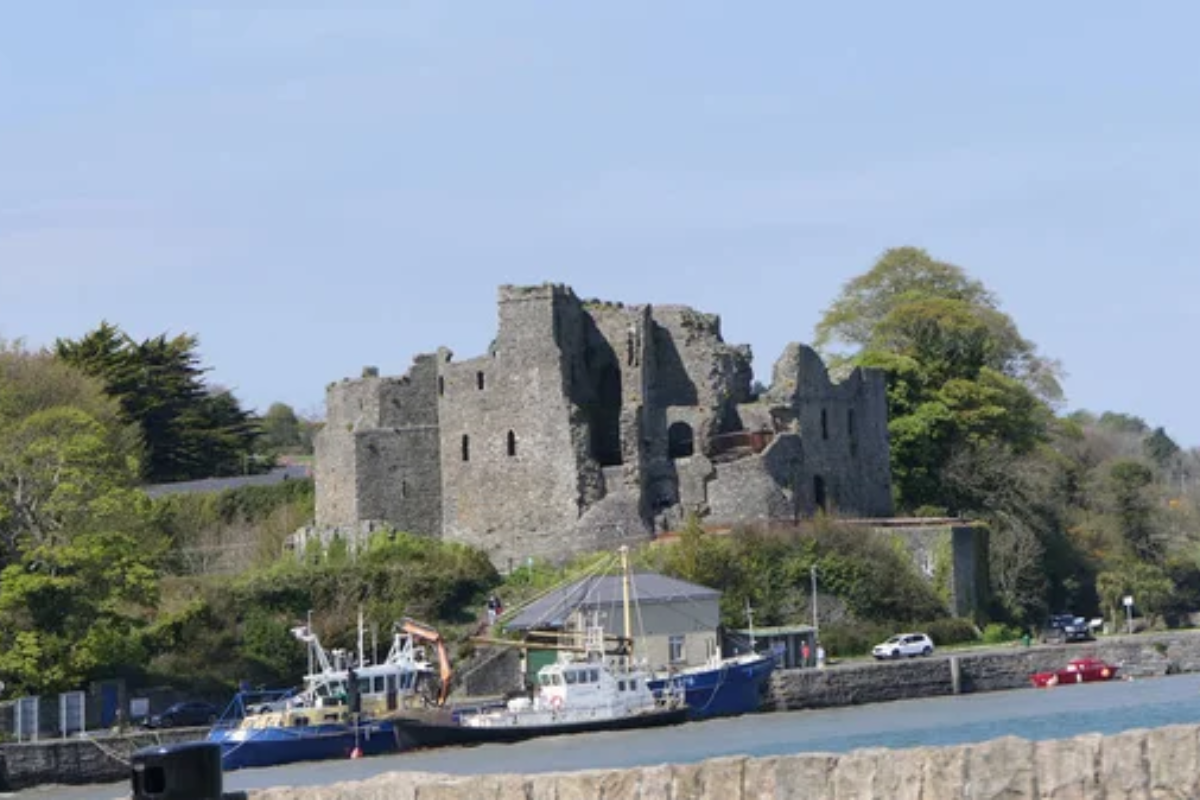
This massive riverside fortress in Limerick City tells the story of Norman power in Ireland through its imposing defensive architecture and state-of-the-art interactive exhibits. Built between 1200 and 1212, the castle’s five drum towers and thick curtain walls successfully withstood numerous sieges over the centuries, including during the famous Siege of Limerick in 1691.
Archaeological excavations revealed pre-Norman Viking settlements preserved beneath the courtyard, including Viking houses that visitors can now explore as part of the castle experience. The castle’s position controlling a vital crossing point on the River Shannon explains its strategic importance throughout Irish history and the resources devoted to its construction and defense.
Modern exhibition spaces blend history with technology to create an engaging experience that brings the castle’s military past to life for visitors of all ages.
Like Travel Pug’s content? Follow us on MSN.
Donegal Castle
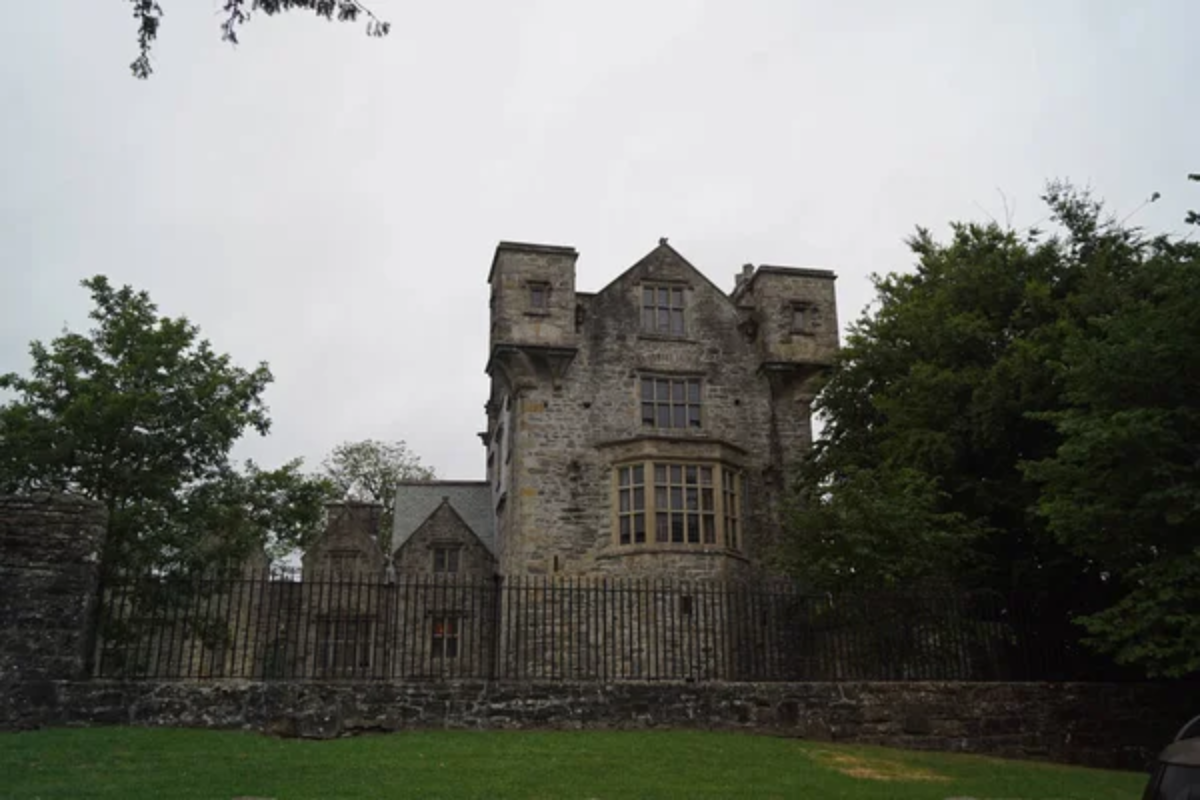
Situated at a strategic bend in the River Eske, this restored Gaelic tower house, and later plantation-era manor represents the changing fortunes of Irish nobility during a turbulent period of history. Originally built by the O’Donnell clan—one of Ireland’s most powerful Gaelic families—in the 15th century, the castle later passed to English settlers after the Flight of the Earls in 1607 marked the end of Gaelic rule in Ireland.
The castle’s massive rectangular keep represents classic Irish tower house design, while the adjacent manor wing added by English owners in the 17th century demonstrates a shift toward comfort over defense. Intricate Persian rugs gifted to Red Hugh O’Donnell by the Shah of Persia reference Ireland’s surprising diplomatic connections during the castle’s heyday, adding international context to this provincial stronghold.
The restoration completed in the 1990s saved the structure from becoming yet another romantic ruin, preserving it instead as a tangible link to Gaelic aristocratic life.
Leap Castle
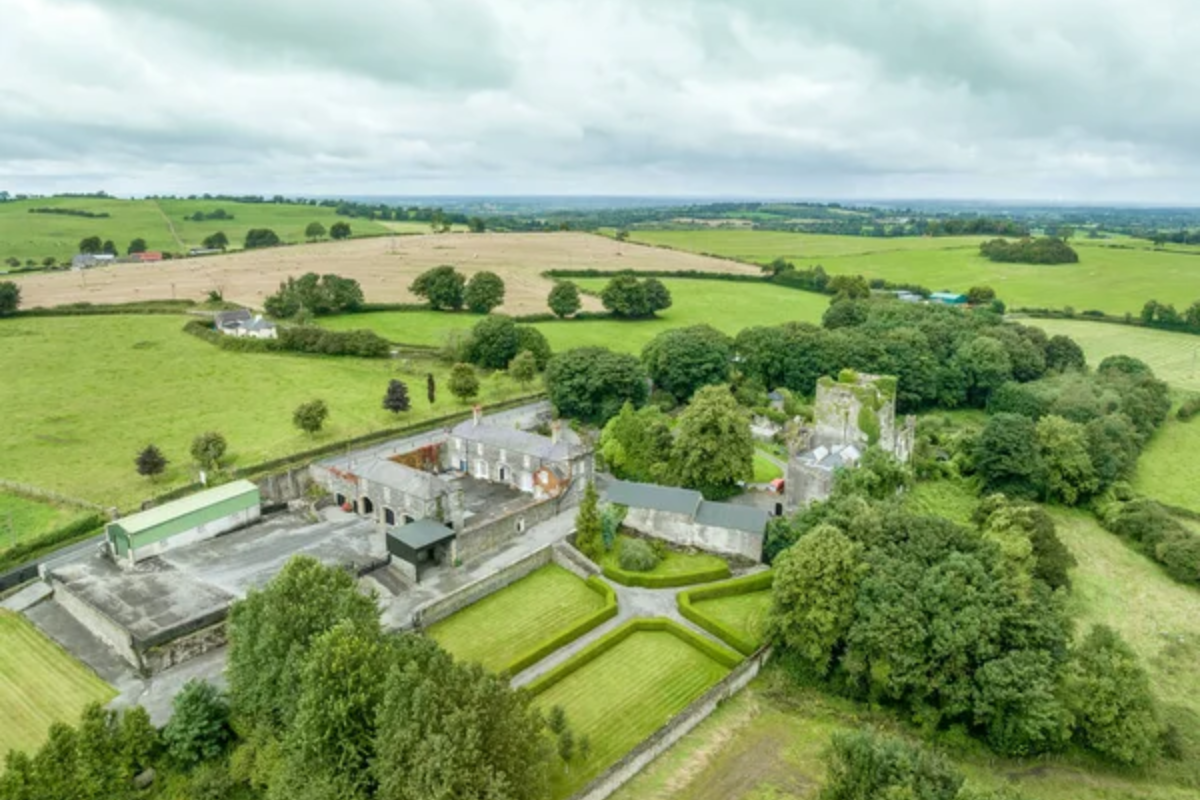
Reputed to be Ireland’s most haunted castle, Leap Castle combines architectural interest with ghostly tales that attract paranormal enthusiasts from around the world. Built by the O’Bannon clan in the 13th century and later held by the notorious O’Carroll family, the castle witnessed centuries of bloodshed, including the infamous incident in which one brother murdered another—a priest—during Mass in what became known as “The Bloody Chapel.”
The castle’s oubliette—a drop prison accessed through a trap door—yielded numerous human remains during renovations, confirming the building’s dark history of imprisonment and execution. Current owner Sean Ryan continues restoration efforts while embracing the castle’s supernatural reputation, sharing tales of encounters with various entities, including “The Elemental”—supposedly the most malevolent of the castle’s spirits.
Despite its macabre reputation, the castle impresses with architectural features typical of Irish tower houses, including a spiral staircase and an impressive great hall where traditional Irish music sessions now replace medieval banquets.
Carrickfergus Castle
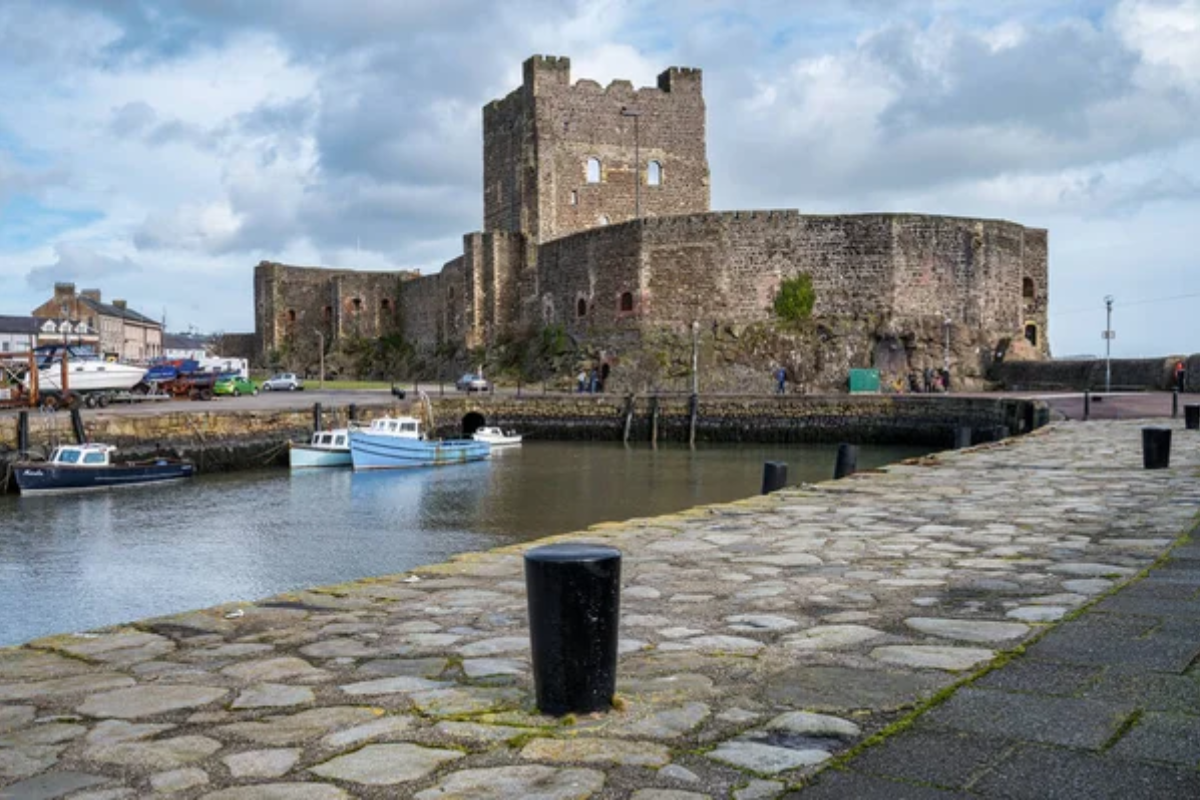
This Norman fortress on the northern shore of Belfast Lough represents one of the best-preserved medieval structures in Ireland and the longest continuously used military installation in the country. Built-in 1177 by John de Courcy, the castle’s strategic position controlling Belfast Lough made it a key defensive site through centuries of conflict, last used militarily during World War II as an air raid shelter.
The castle’s evolution through nine centuries remains visible in its architecture, from the original square Norman keep to later additions that adapted to changing military technologies, including cannon ports and gun loops. Visitors can explore the reconstructed banqueting hall, climb defensive walls with views across the lough, and descend into the dungeon where prisoners once awaited their fate.
The castle’s history of repeated sieges and changing hands between Irish, English, French, and Scots forces reflects Northern Ireland’s complex historical position at the crossroads of competing powers.
Like Travel Pug’s content? Follow us on MSN.
Enniskillen Castle
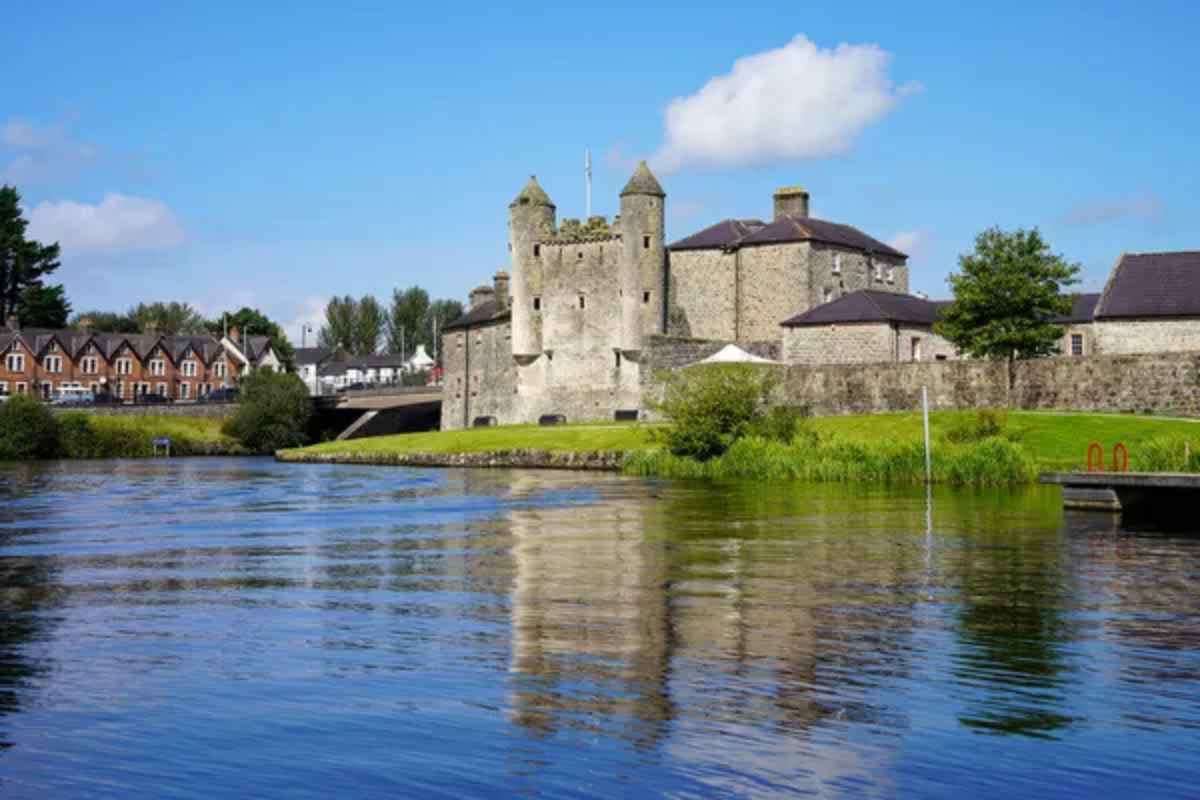
Built on an important crossing point of the River Erne, this waterside castle controlled one of the main routes into Ulster for centuries. The castle’s distinctive features include the rare twin-turreted Watergate facing the river—an impressive entrance designed to project power to those approaching by water.
Originally constructed in the 16th century by the Maguire chieftains who ruled Fermanagh, the castle later became an English garrison and played a key role in the Williamite Wars at the end of the 17th century. Today, the castle houses excellent museums focusing on the country’s history and the regiments of the Royal Inniskilling Fusiliers, who took their name from the town.
The waterside location provides particularly picturesque views, especially when evening light reflects the castle’s features in the still waters of Lough Erne flowing past its walls.
Heritage Written in Stone
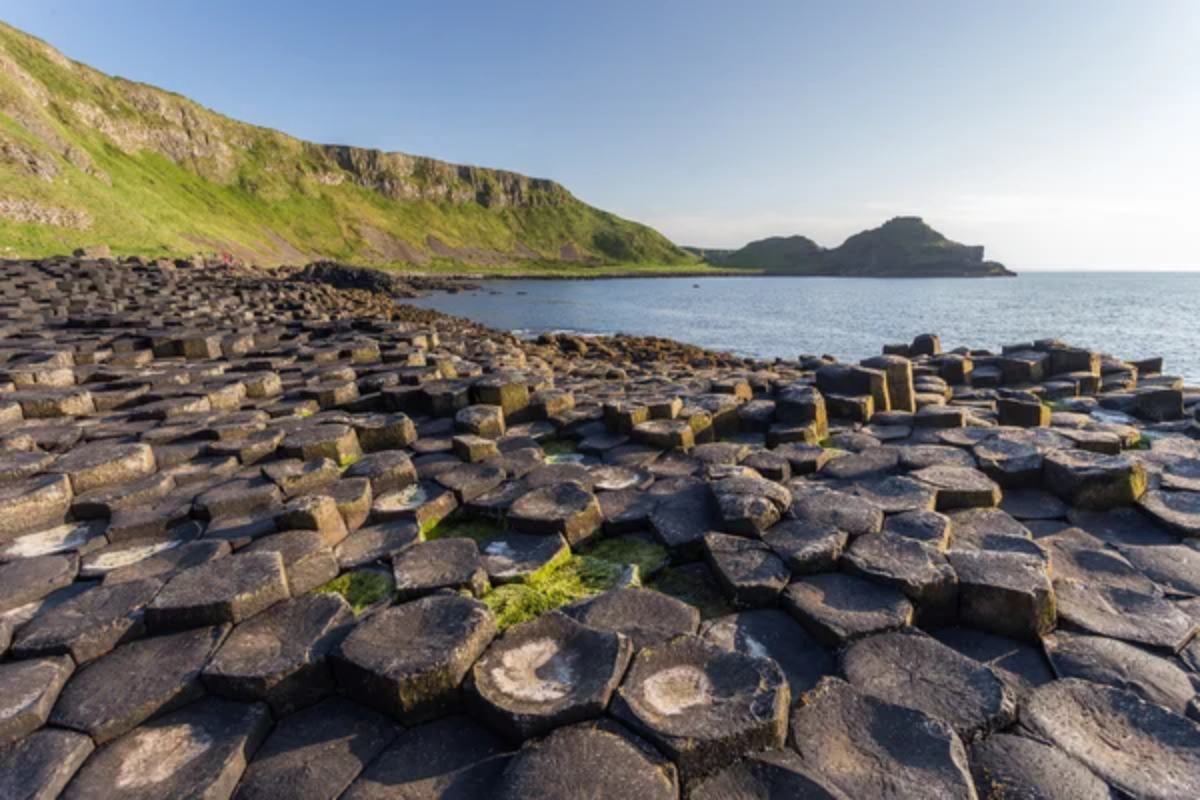
These 18 castles represent just a fraction of Ireland’s stone sentinels scattered across the landscape. From coastal cliffs to city centers, these structures connect visitors directly to centuries of complex history—Norman invasions, clan warfare, colonial plantations, and eventual independence.
Beyond their historical significance, Irish castles offer windows into architectural evolution, from purely defensive structures to the stately homes that followed more peaceful times. Whether you’re exploring elaborate gardens, climbing spiral staircases, or simply admiring dramatic silhouettes against green hillsides, Ireland’s castles provide tangible connections to a past that continues to shape the nation’s identity today.
More from Travel Pug

- Cities Growing so Fast You Won’t Recognize Them in 10 Years
- 13 Destinations Where Tourists Regularly Regret Their Trip
- 16 U.S. Cities That Are Quietly Becoming Travel Hotspots
- Where to Travel If You Love Long Bus Rides and Daydreams
- 20 Cities Perfect for Solo Travelers Who Crave Adventure & Culture
Like Travel Pug’s content? Follow us on MSN.
